All Environment
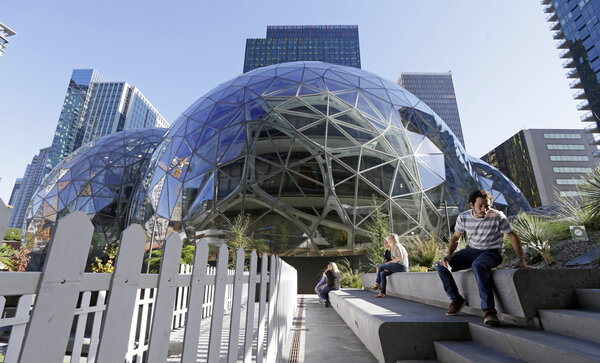 First LookEven as it grows, Seattle aims to go carbon neutral
First LookEven as it grows, Seattle aims to go carbon neutralSeattle's greenhouse gas emissions have fallen 6 percent since 2008, while its population grew 13 percent over the same period. In order to balance the two, the city is looking to build "living buildings," or structures that produce more energy than they consume.
 Business case for climate action grows as IPCC intensifies warnings
Business case for climate action grows as IPCC intensifies warningsThe Intergovernmental Panel on Climate Change's sobering new climate report reiterates in dire terms the need for a full-court press of climate action. Corporations are starting to heed those calls.
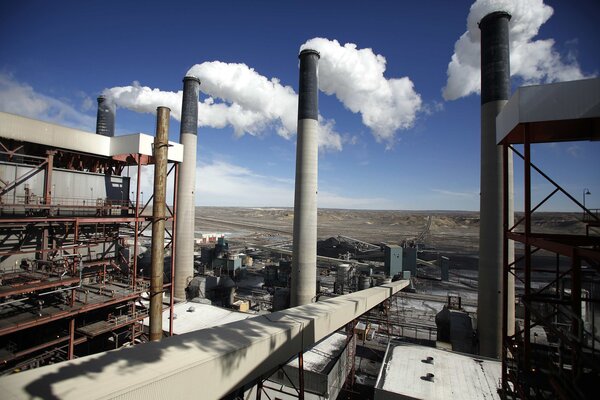 First LookBlack residents cite environmental racism as reason for pollution
First LookBlack residents cite environmental racism as reason for pollutionIn Uniontown, Ala., a landfill next to a historic black cemetery overflows with coal ash. A cheese plant leaks lime green sludge into a creek, and tap water is undrinkable. Complaints from the town's residents, who are mostly black and poor, have not led to any action.
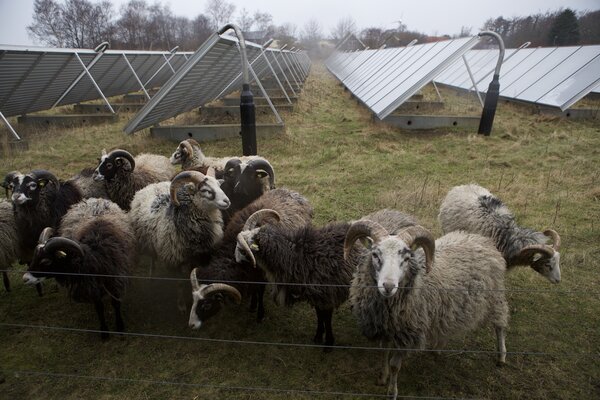 First LookFlood-prone cities look to sustainable urban design for solutions
First LookFlood-prone cities look to sustainable urban design for solutionsAs nations set ambitious climate goals, many consider urban design as a potential solution to flooding and other natural disasters. Copenhagen has taken the lead, with a brand-new neighborhood designed to promote green modes of transportation.
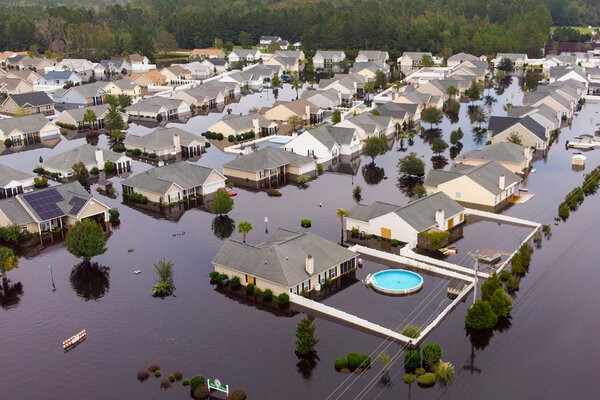 Harvey, Florence, and the climate change connection
Harvey, Florence, and the climate change connectionWhen it comes to teasing out climate change's role in extreme weather, hurricanes are the most controversial topic. An emerging field of science is starting to connect those dots more directly than ever before.
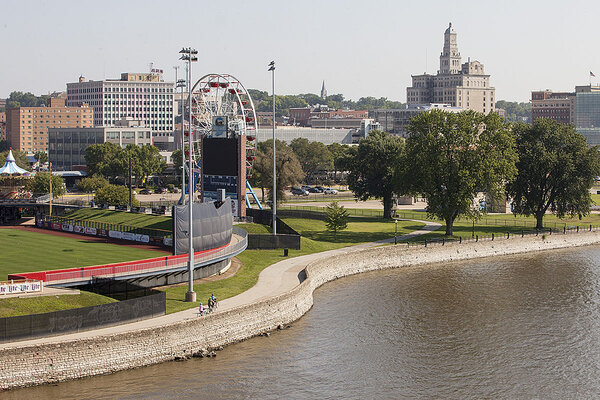 FocusHow one Iowa town made peace with the Mississippi River
FocusHow one Iowa town made peace with the Mississippi RiverRiver communities often struggle to keep surging floodwaters from destroying property. In Davenport, Iowa, however, residents have instead learned to live with the ebbs and flows of the Mississippi.
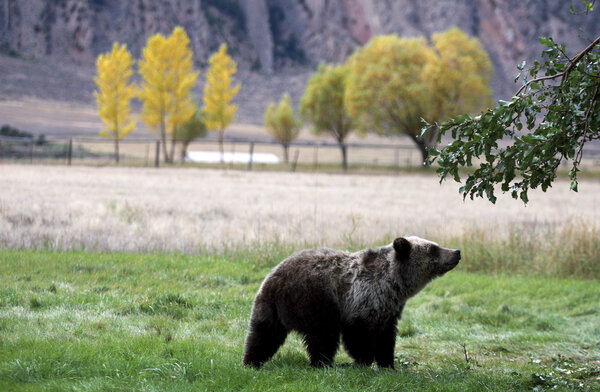 First LookFederal judge blocks hunting against grizzly bears
First LookFederal judge blocks hunting against grizzly bearsOn the cusp of the first grizzly bear in hunt in three decades, a federal judge has ruled they still need protection under the Endangered Species Act. Critics say a growing bear population poses a threat to humans and livestock in the American West.
 Cover StoryCamp Amazon: Inside the 'lungs of the Earth'
Cover StoryCamp Amazon: Inside the 'lungs of the Earth'Our writer stays at an outpost run by famed ecologist Thomas Lovejoy to find out about climate change and saving the world’s most important rainforest. It's a tale of bearded monkeys, exotic birds, and no snakes.
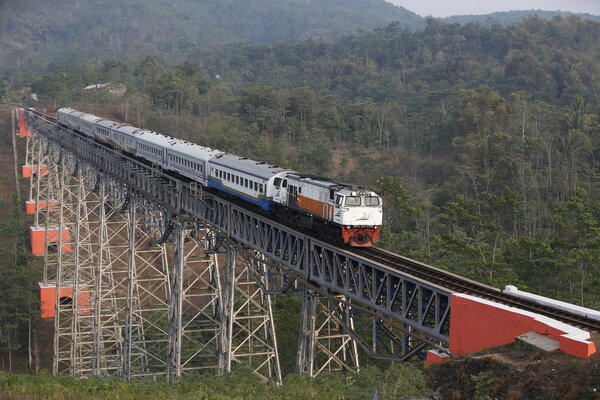 First LookFacing a population boom, an Indonesian city goes green
First LookFacing a population boom, an Indonesian city goes greenAs they grow at a rapid rate, Asia's cities pose a threat to worldwide carbon emission goals. But one city in Indonesia is actively working against that risk through targeted policies and technology, including strict development laws, car-free days, and urban farms.
 First LookWe should worry about seeing fewer flying bugs, scientists say
First LookWe should worry about seeing fewer flying bugs, scientists sayBees, ladybugs, and fireflies are among the species of flying insects that show a decline in populations. Scientists count manicured lawns, highway traffic, and light pollution as factors of demise, but efforts are under way to restore habitats.
 Cutting emissions still matters. But carbon capture rises as a battlefront.
Cutting emissions still matters. But carbon capture rises as a battlefront.Climate mitigation strategies tend to focus on emissions reduction. But carbon capture is becoming an equally vital prong of climate action. And the technology to do it is rapidly catching up.
- Can outdoor festivals shed 'environmental disaster' label and go green?
Outdoor music festivals generate alarming amounts of pollution and solid waste. But they also present an opportunity.
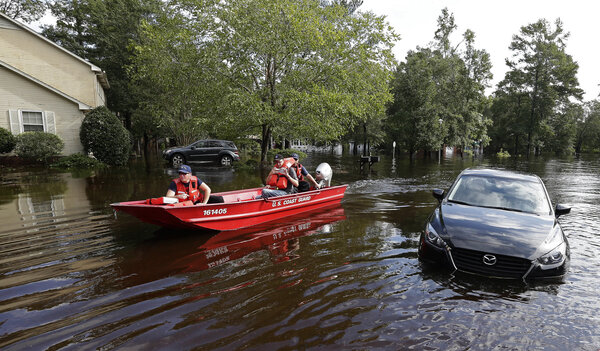 First LookAs sea levels rise, the Carolinas continue to build along the shore
First LookAs sea levels rise, the Carolinas continue to build along the shoreA North Carolina panel predicted a 39-inch sea level rise by the year 2100, a finding that the Legislature rejected. Instead, it requested a more short-term prediction and continued to develop its coastlines despite its vulnerability to rising waters.
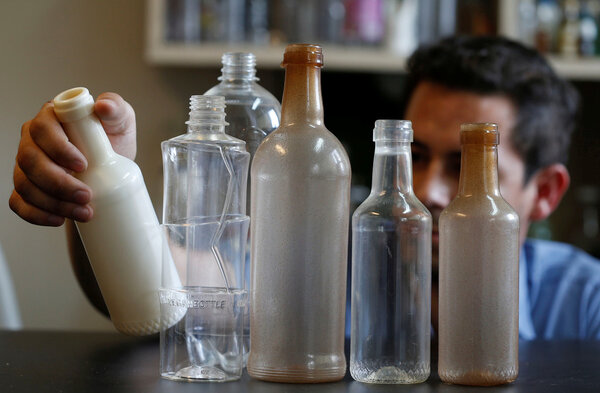 First LookBioplastics offer an opportunity to reduce pollution
First LookBioplastics offer an opportunity to reduce pollutionScientists now can create plastic from anything as varied as an avocado to human waste. Big questions remain about scale and consumer attitudes, but the new technology could put a big dent in ocean pollution.
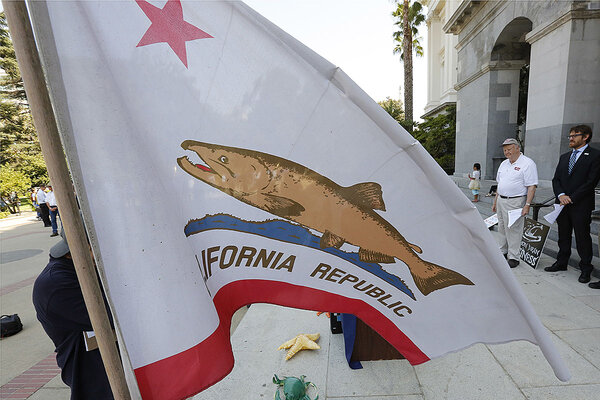 Humans devastated California's chinook salmon. Now they want to save it.
Humans devastated California's chinook salmon. Now they want to save it.Public and private actors are working together to reverse the depletion of endangered salmon in California's largest river. One innovation being tried is a man-made underwater shelter for young salmon to hide from predators.
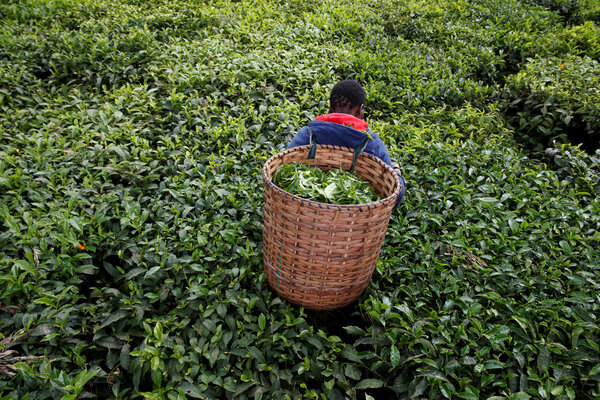 First LookWorm juice: the new fertilizer changing Kenyan agriculture
First LookWorm juice: the new fertilizer changing Kenyan agricultureDrought and storm-related flooding in Kenya have led to soil damage and decreased crop production. But farmers find that "worm juice," or the fluid produced by earthworms mixed with water, helps to overcome this problem by enriching the soil.
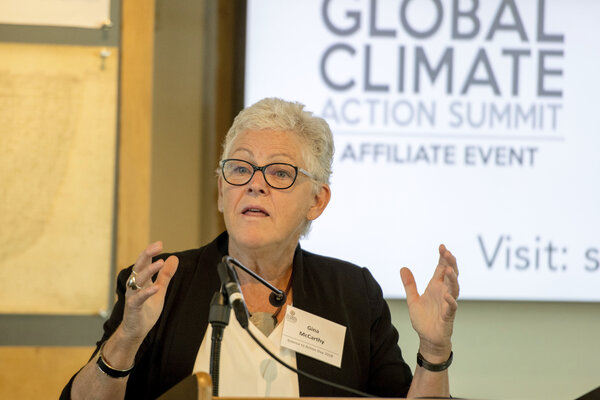 First LookLocal governments band together in California to fight climate change
First LookLocal governments band together in California to fight climate changeThousands of delegates will descend on San Francisco on Sept. 12 for the Global Climate Action Summit, an event intended to deepen the leadership of local and regional authorities in the fight against climate change.
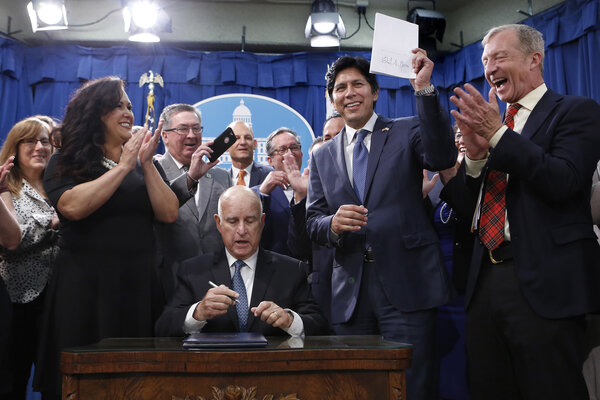 First LookCalifornia to phase out fossil fuels by 2045
First LookCalifornia to phase out fossil fuels by 2045In the absence of action from the federal government, state and local governments are leading the charge against climate change. California is one of them, pledging to generate all of its electricity renewably in a matter of decades.
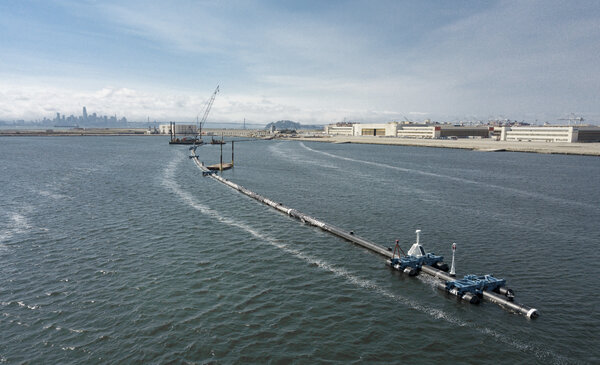 First LookBoyan Slat versus the Great Pacific Garbage Patch
First LookBoyan Slat versus the Great Pacific Garbage PatchOne entrepreneur and his nonprofit have created an innovative trash-collecting boom to combat an enormous plastic gyre in the middle of the Pacific Ocean. Will it work?
 First LookChallenging climate change in Kenya, one slingshot at a time
First LookChallenging climate change in Kenya, one slingshot at a timeA novel strategy to plant trees is empowering ordinary Kenyans and they're using any means necessary: slingshot, air balloon, even paraglide. In the face of severe droughts, environmentalists hope the efforts will expand Kenya's forests.






















